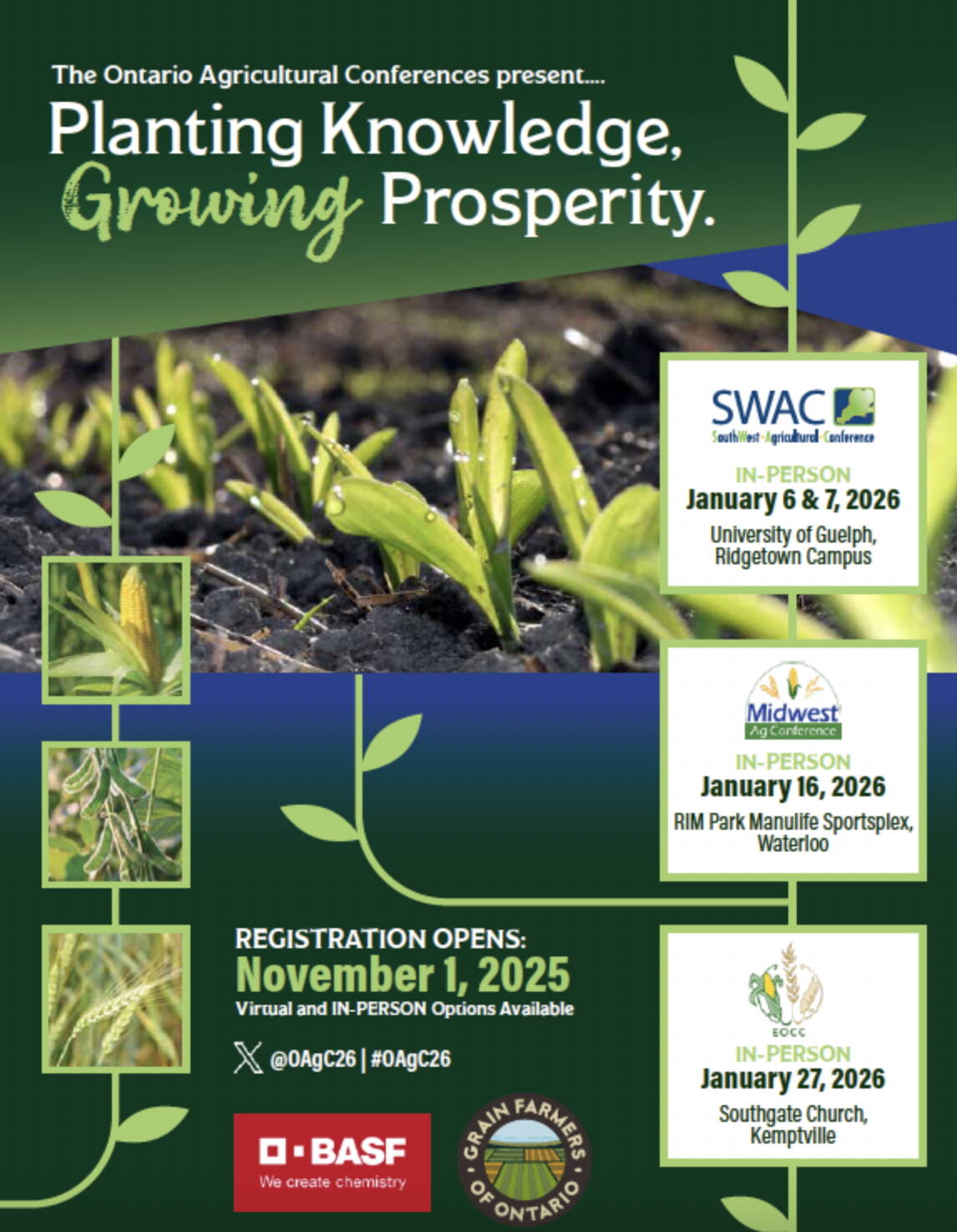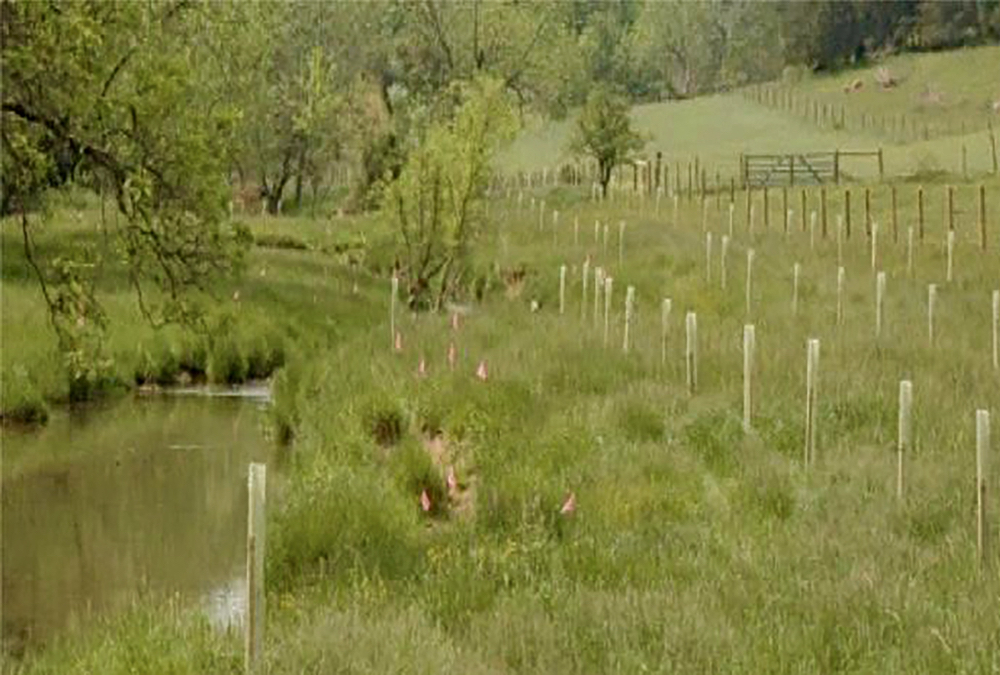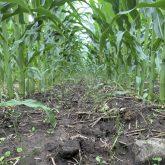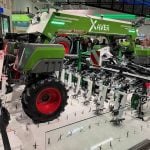Allowing farmers to harvest vegetation from their riparian buffers will not significantly impede the ability of those streamside tracts to protect water quality by capturing nutrients and sediment – and it will boost farmers’ willingness to establish buffers.
That is the conclusion of Penn State College of Agricultural Sciences researchers, who compared the impacts of six riparian buffer design scenarios over two, four-year crop rotations in two small central and southeastern Pennsylvania watersheds. Two of the buffer scenarios included the harvesting of switchgrass and swamp willow trees.
Allowing farmers to harvest vegetation from their riparian buffers and sell it for biofuels – not permitted under current Conservation Reserve Enhancement Program, or CREP, federal regulations – would go a long way toward persuading farmers to establish riparian buffers, researchers contend.
Read Also

Ontario Agricultural Conference increases accessibility
The Ontario Agricultural Conference 2026 offers in-person and online access to expert insights, hands-on learning, and networking opportunities.
“Allowing harvesting of the buffer vegetation – either trees or grasses — minimally impacted water quality, with only slight annual average reductions in the capture of nitrogen, phosphorus and sediment,” said researcher Heather Preisendanz, associate professor of agricultural and biological engineering.
In addition, she said under the highest input loading conditions – heavy runoff after storms – buffers with lower removal efficiencies removed more total mass of pollutants than did buffers with high-removal efficiencies, if they were between streams and fields with row crops such as corn and soybeans. The location of the buffer was most important.
The researchers, who modelled runoff and resulting pollution from agricultural fields reaching the streams, studied riparian buffer performance on Spring Creek in Centre County and Conewago Creek in Lancaster County. Buffer design scenarios studied included 35-foot-wide grass, 50-foot-wide grass, 50-foot-wide deciduous trees, 100-foot-wide grass and trees, 100-foot-wide grass and trees, with trees harvested every three years and 100-feet-wide grass and trees, with grass harvested every year.
The research team developed these scenarios after considering feedback from focus group meetings with farmers in the two watersheds. Farmers indicated they wanted to be able to install buffers tailored to their properties with the prospect of generating limited revenue.
Simulation results, from a Pennsylvania watershed, recently published in the Journal of Environmental Quality, suggest that for buffers of the same width, the farmer-preferred grass vegetation outperformed policy-preferred vegetation of trees for sediment, nitrogen and phosphorus removal.
The findings of the research have important implications for informing flexible buffer design policies and enhanced placement of buffers in watersheds impaired by nutrient and sediment, Preisendanz explained.
She pointed out, however, that more research may be needed to examine tradeoffs between water quality impacts and other ecosystem services, such as streambank stabilization, habitat and stream shading.














